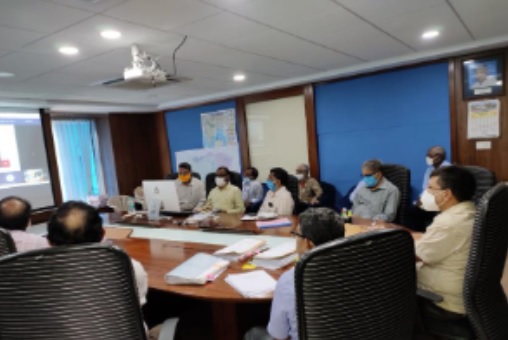Reservoir Sustainability:
Evaluation of climate change impacts on reservoir inflows using climate and hydrological model- A case of Salaulim Dam, Goa, India
Work Package 5
Objective
The objective of the study was to examine reservoir performance under changing climate conditions. The political and technical measures to adapt to climate change takes place at a local level hence sitespecific studies are crucial. The project aims to equip the state Water Resource Department with essential scientific data to seek funding and implement prevention strategies and help maximise reliabilities with respect to multiple reservoir functions of supply of water for domestic, irrigation, and industrial purposes.
Main Activities
The study investigated the original design metrics of the dam that are sensitive to the changing climate. It involved using an ensemble of numerical models where simulations from six different climate models were used as an input into a hydrological model. The projections based on this study predict future rainfall patterns, the possibility of floods under maximum precipitation conditions, future quantum of rainfall or in-flow into the reservoir and, the effect on the capacity of the reservoir. Some of the key activities are outlined as:
- Evaluate local climatic parameters from historical periods; trend analysis
- Investigate original design metrics that are sensitive to climate change
- Climate Modeling
- Future predictions from 5 NASA NEX GDDP climate models and PRECIS
- Hydrological Modeling (SWAT)
- Calibrate and validate the model
- Use inputs from climate model
- Examine impact on inflow and capacity of reservoir
- Projections for Probable Maximum Precipitation



